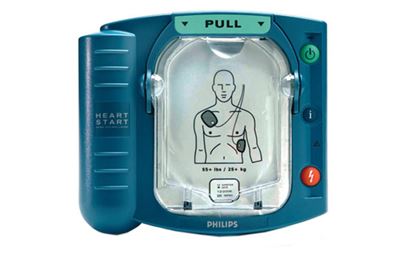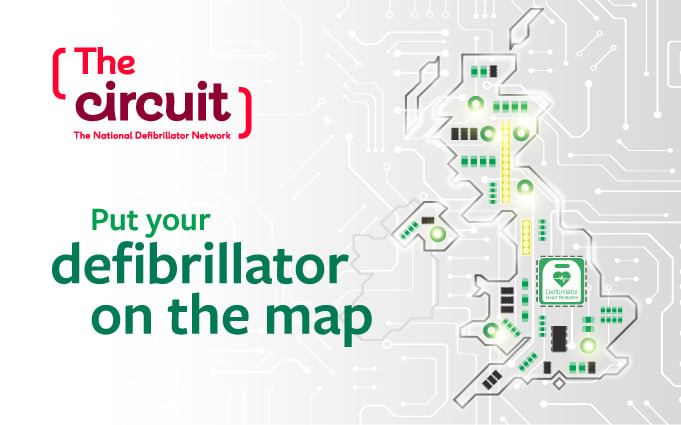What is an automated external defibrillator (AED)?
A defibrillator is a life-saving medical device that delivers an electric shock to the heart when someone experiences sudden cardiac arrest. Its purpose is to help restore a normal heart rhythm. Using a defibrillator quickly—before paramedics arrive—can dramatically improve the chances of survival in those critical first few minutes.
Browse our comprehensive range of semi and fully automatic defibrillators for schools and workplaces, with additional accessories to help you install and maintain your defibrillator.






























